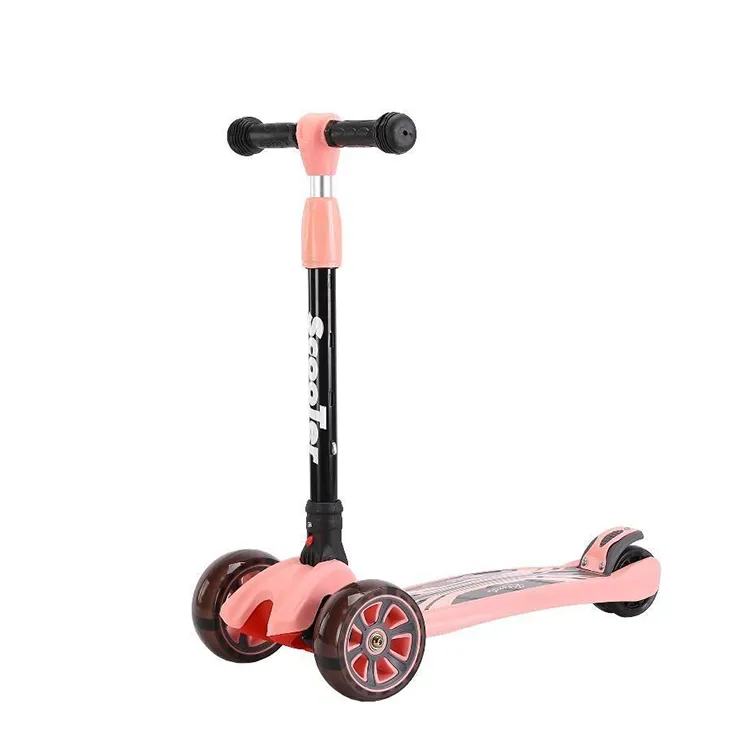Choosing Safe Toddler Walkers for Your Child's Development and Learning Journey at Home
Choosing Safe Toddler Walkers A Guide for Parents
When it comes to helping your little one take those first exciting steps, choosing the right equipment is crucial. Toddler walkers have gained popularity as a tool that can aid children in learning to walk, but safety should be the top priority for parents. This article will explore important considerations for selecting safe toddler walkers, ensuring that your child’s walking journey is not only enjoyable but also secure.
Understanding Toddler Walkers
Toddler walkers are devices designed to assist infants as they learn to walk. These products come in various shapes and sizes, from traditional push walkers to seated models. While they can encourage mobility and balance, improper use can lead to accidents and injuries. It is essential to choose a walker that is safe and age-appropriate for your child.
Safety Features to Look For
1. Stability and Design A safe toddler walker should have a broad base to prevent tipping. Look for models that are designed to provide stability as your child pushes or pulls them while walking. Avoid walkers with narrow frames that can easily topple over.
2. Brakes and Resistance Some toddler walkers come with built-in brakes or resistance features. These mechanisms can prevent the walker from rolling down slopes or moving too quickly, which can pose a danger to your child. Select a model that includes these safety features for added peace of mind.
3. Lightweight and Maneuverable While stability is important, a walker should also be lightweight enough for your toddler to maneuver easily. Heavy walkers can become cumbersome and may lead your child to lose balance. Look for models crafted from durable yet lightweight materials.
4. Height Adjustability Your toddler will grow quickly, so consider a walker with adjustable heights. This feature allows the walker to be adapted as your child develops, providing continued support without being uncomfortable or unsafe.
china toddler walkers safe

5. Non-Toxic Materials Babies are prone to exploring their environment by tasting and touching objects. It’s important to choose a walker made from non-toxic, BPA-free materials. This ensures that even if your child decides to chew on parts of the walker, they are not exposed to harmful chemicals.
Guidelines for Safe Use
Even with a safe model, proper use is essential. Here are a few guidelines to ensure your child's safety while using a toddler walker
- Supervision Always supervise your child when they are using a walker. This can help prevent accidents and allow you to intervene if your child gets too close to stairs or obstacles. - Safe Environment Ensure that the area where your toddler is using the walker is free of hazards. Remove any sharp objects or furniture that could become obstacles or cause injury.
- Limit Time While walkers can be helpful, they should not be used for extended periods. Prolonged use can limit a child's natural development of walking skills. Limit sessions to short intervals to encourage your child to explore walking independently.
- Follow Age Recommendations Be sure to use a walker that is appropriate for your child’s age and development stage. Using a walker prematurely or beyond the recommended age can result in safety concerns.
Conclusion
Investing in a safe toddler walker can facilitate your child's walking journey while ensuring their safety. By considering the stability, design, safety features, and guidelines for use, parents can make informed decisions that prioritize their child’s well-being. Remember, walking is a developmental milestone, and it is essential to support your toddler in a safe environment as they learn to explore the world on their own two feet.
-
Best Infant Strollers 2021: Top Choices for Safety & ComfortNewsAug.11,2025
-
Best Infant Strollers 2021: Top Rated & Luxury OptionsNewsAug.11,2025
-
Luxury Infant Strollers: Modern, Premium & Top-RatedNewsAug.10,2025
-
Kids' Powered Ride-On ATVs Manufacturer | Quality & SafeNewsAug.09,2025
-
Best Infant Strollers 2021: Top Rated, Safe & ComfortableNewsAug.08,2025
-
Baby Strollers Factories: Top Manufacturers & Wholesale SuppliersNewsAug.07,2025
